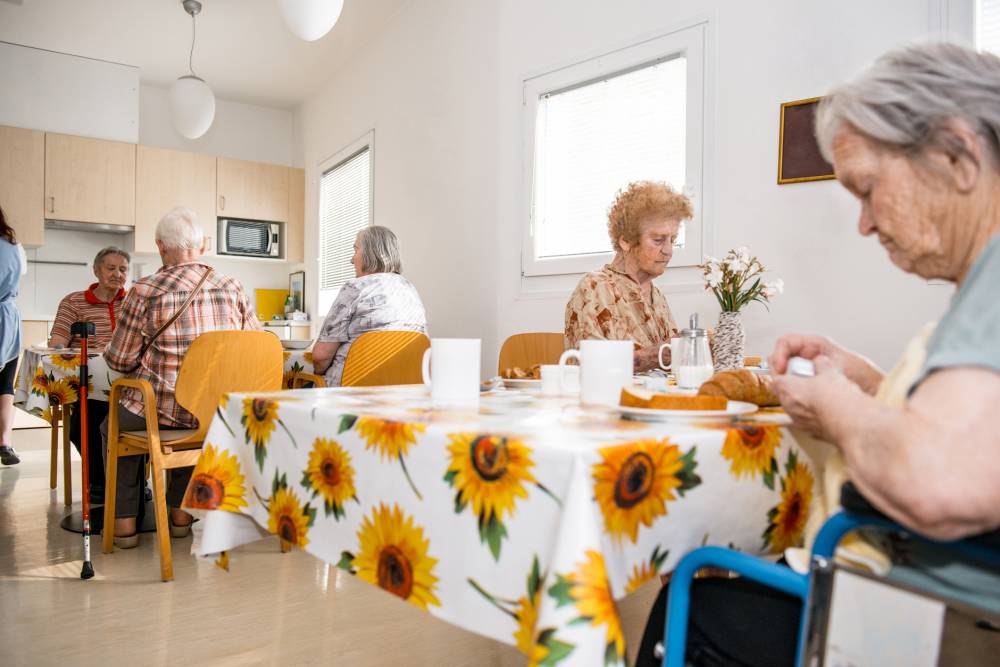
Bullying is usually associated with the school yard – but the problem is also often present among seniors, in particular in nursing homes where elderly people are living together.
All around the world, there is a growing awareness of the destructive power of bullying behaviour, especially in the age of internet bullying which can be hard for young people to escape once they begin to be subjected to it. Most schools will have policies for dealing with bullies, and promote strategies for young people to deal with bullying behaviour.
But bullying among older people is much less spoken about, and there isn’t a great deal of advice around for how to deal with the problem if it does arise.
However, in the US, in recognition of the fact that bullying among seniors is in fact a serious issue, nursing homes have introduced procedures to prevent bullying.
The New York Post reports that bullying can take many forms among the elderly. It may be people being prevented from sitting at the same table, malicious gossip, or cruel words spoken. The Post even reports that fist fights have been known to break out at karaoke sessions!
US studies indicate that as many as one in five seniors experience behaviour that can be considered bullying.
Robin Monifas, a social worker who wrote ‘Bullying Among Older Adults: How to Recongise and Address an Unseen Epidemic’ says bullying behaviour can arise from frustrations that elderly people might feel about living in a communal setting, getting older, loss of independence, and can be an attempt to regain lost power.
The National Center for Assisted Living circulated a booklet last year that provided a resource for people living in nursing homes who were concerned about bullying behaviour. The booklet identifies what constitutes bullying, who might be likely to become a bully, and the risk factors associated with becoming the victim of bullying.
The booklet says people who are living with dementia may display aggressive behaviours that could be construed as bullying. Sometimes people living with dementia may have a need that isn’t being met, or they may feel they are in a situation they can’t understand that prompts them to act aggressively. Sometimes people who are living with dementia lose some of their mental filter, which means they may say things that could be seen as bullying.
The booklet describes various types of bullying, including physical, verbal, relational, and even damage to property, and explains how nursing homes can prevent and manage bullying behaviour.
Managers of aged care providers that we contacted for this story were reluctant to speak about the problem, but some did acknowledge that bullying is present in nursing homes in Australia.
Wayne Belcher, Chief Executive of Braemar Presbyterian Care, told HelloCare that he will be covering bullying in his upcoming report on the quality of care delivery.